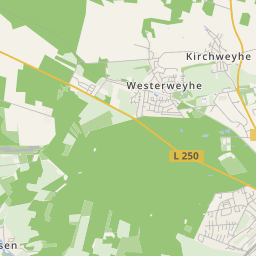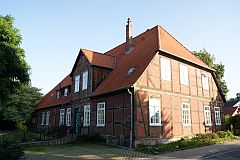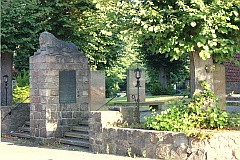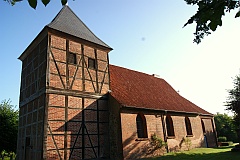












The origin of the village is going back to the passage through the Ilmenau, which made a connection into the Wendland possible and was a good source of income (customs duty) for the village. Bienenbüttel was until 1795 the only cognisance (bailiwick) between Lüneburg and Brunswick. Bienenbüttel is a state approved health resort since 1978.

Michaelis church
The 13th-century beginnings of the church history is not documented. The chapel belonged first to the baptistery in Bevensen, which was founded around 840. In 1288 first evidence is given to a God's house in Bienenbüttel. In the course of the centuries the building's form has changed several times. In the years 1834 to 1840 the present nave was created. The plump boulder tower was replaced by the present slim brick building in 1907.

In front of the church are monuments with the names of fallen or missing soldiers of both world wars. In Bienenbüttel and surrounding area you can be active at canoe tours, playing tennis, archery, swimming or bowling. Garden enthusiasts visit the historical rose and cottage garden in Niendorf, with its noble roses and diverse bushes. A recommendation is a 122km long Ilmenau cycling path, holiday on a farm and the heated outdoor bath for children. There are twelve camper van places for overnight accommodation.

Wichmannsburg
Centre is the old field stone church in middle of the village. This church is actually an one-nave building with arched windows. Later the nave was extended by a choir and by a half-timbered tower in the west around 1770. The church's core is the artistically carved altar from Medingen from 1520, which made the Wichmannsburg known well beyond Bienenbüttel's borders.
In 1966 the independent Wichmannsburg became part of the joint community Bienenbüttel.